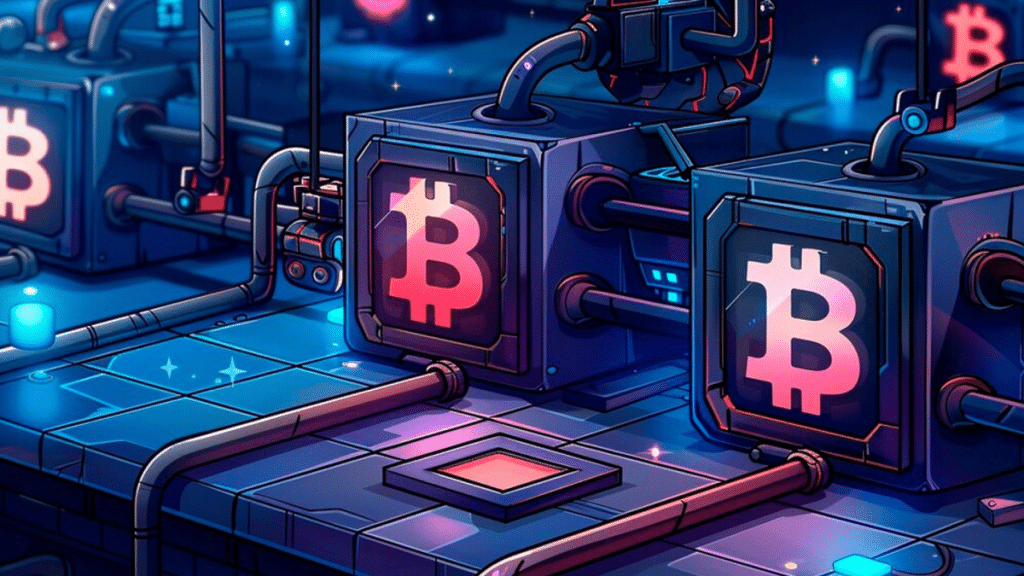Blockchain technology has sparked numerous innovations, and one of the most significant is the tokenization of real-world assets. By transforming tangible items like real estate, art, and commodities into digital tokens, blockchain is creating more accessible investment opportunities. This process allows investors to diversify their portfolios by participating in markets that were traditionally exclusive. According to the findings from the website CryptoCasinos.Online, the rise of tokenization is democratizing investment, providing broader access and enhanced security in these markets.
What Is Tokenization?
Tokenization refers to the process of creating digital tokens that represent ownership of physical assets. These tokens are securely stored and traded on blockchain platforms, allowing fractional ownership of valuable assets.
How Blockchain is Transforming Investment Through Tokenization
The investment landscape is rapidly changing, with one of the most exciting developments being the tokenization of real-world assets. This technology allows tangible items such as real estate, fine art, and even rare collectibles to be converted into tradable digital tokens. Tokenization is reshaping the way investors approach both traditional and emerging markets. As blockchain technology continues to evolve, it’s becoming clear that tokenization will play a significant role in the future of investing.
What is Tokenization?
Tokenization involves converting real-world assets into digital tokens, which are securely recorded on a blockchain. These tokens represent fractional ownership, enabling investors to purchase shares in assets they may not have been able to afford previously
Tokenization of Assets: A Game-Changer for Modern Investors
Blockchain’s impact on finance is being felt through the tokenization of real-world assets. By turning high-value assets like real estate or art into digital tokens, blockchain technology enables fractional ownership, providing investors with new opportunities to participate in markets that were once inaccessible. This shift is making investment more inclusive, allowing smaller investors to take part in lucrative markets.
How Tokenization Works
Tokenization creates digital tokens that represent a share of a real-world asset. These tokens are stored on the blockchain, ensuring secure, transparent, and efficient transactions.
The Future of Investment: Tokenization of Real-World Assets
The tokenization of real-world assets is one of the most promising innovations in modern investing. By transforming physical assets like properties or art into digital tokens, blockchain technology is enabling investors to access previously exclusive markets. As this trend continues to grow, it could significantly alter the way people invest on a global scale.
Understanding Tokenization
Tokenization involves breaking down high-value assets into smaller, tradable units. These digital tokens represent a portion of the asset’s value, making it easier for investors to participate in markets they could not previously access.
The Role of Tokenization in Modern Investing
Blockchain’s potential to transform industries is especially clear in the area of tokenization. This process allows tangible assets, such as real estate and fine art, to be divided into digital tokens, enabling investors to own a fraction of these high-value items. Tokenization opens up new investment opportunities, reduces barriers to entry, and increases liquidity.
What Is Tokenization and How Does It Work?
Tokenization is the process of converting physical assets into digital tokens. These tokens, stored on the blockchain, represent fractional ownership of the asset, giving investors more flexibility and greater access to high-value markets.
